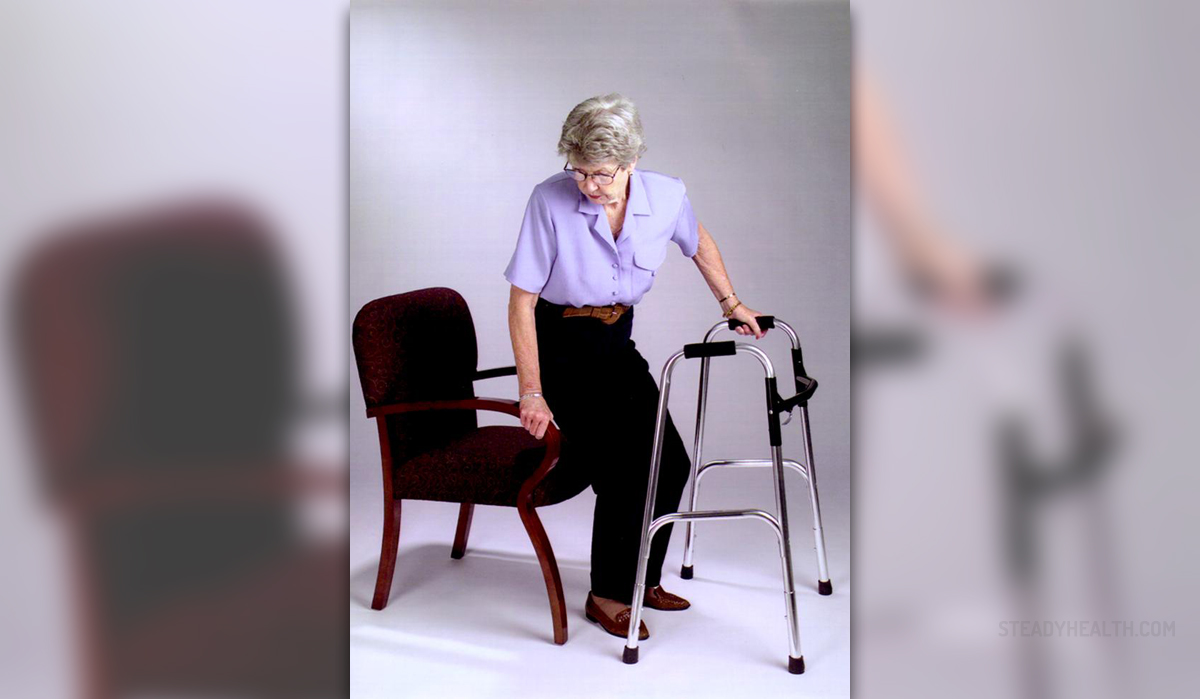
Broken Tailbone Situation
Our tailbone actually consists of more smaller bones which, combined together create it. These bones are located at the very end of our spine and can be felt when touched. Most people have this bone concealed naturally, as our body's mechanism of defense. However, some people, most of who are women, have this bone more exposed than the other individuals. Therefore, they are much more prone to getting it hurt or injured, thus causing numerous complications. A broken tailbone manifests mostly through significant pain and discomfort. Furthermore, the bone does not even have to be broken. A cracked or dislocated tailbone may have the same negative effects on a person.
Manifestations of a Broken Tailbone
This condition usually takes place after a direct injury. Namely, a direct trauma, inflicted upon falling onto a hard terrain in a manner which includes hitting this bone is the most common case. Also, women, who do have a wider pelvic area and thus a more exposed tailbone, tend to injure it more often than men do. Additionally, women can get their tailbones injured or dislocated during their pregnancy or labor. Another endangered group of people prone to this conditions are those who sit a lot on a hard surface, such as rowers, bicyclers and other. It is good to know that most of the times this injury is minor and easily treatable. Regardless, one should not forget that there are more serious breakages demanding surgical assistance.
As for the manifestations, pain is the main one. Therefore, pain, accompanied with extreme tenderness around the injured area act as the usual indicators. Further on, one might have the area bruised and may experience stronger pain during physical activity, especially, during sex or bowel movement. Sitting is not an option for people who broke their tailbone. Rather, they may carefully try to sit, but they cannot endure it for long. Finally, the pain might transfer down to the legs, abruptly causing a bolt of short-lasting pain.
Possible Treatment
First of all, before any therapy is prescribed, doctors will have to X-ray the area in question, in order to establish the level of severeness concerning the injury. If the necessity of surgical intervention is ruled out, a home therapy is prescribed. Painkillers and medications may be applied either orally or by the means of injections. The patient is advised to take good care of the injury and not to sit for too long, exposing the bone to pressure. Besides painkillers, he or she may be prescribed stool softeners in order to make the bowel movement less painful. Finally, the recovery period varies from one person to another, but, preferably, after the pain is gone, one should consult with his or her doctor and seek for further instructions.








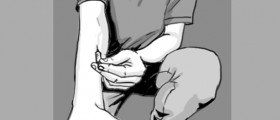

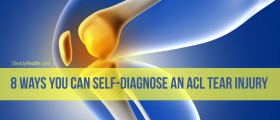




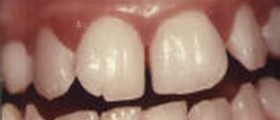
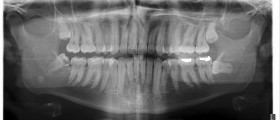
Your thoughts on this
Loading...